Definition
Phenotypic ratio helps us to predict gene expression in the future generations of organisms. In phenotypic ratio calculations, we map out specific parental alleles and predict the probability of how they will be expressed in their offspring. Knowledge of allele dominance is required, although it is possible to figure out very simple parental genetic makeup by looking at observable traits (phenotypes) in their young.
What is Phenotypic Ratio?
Phenotypic ratio is a term that describes probability of finding the patterns and frequency of genetic trait outcomes in the offspring of organisms. A phenotype is an observable or measurable characteristic and is the result of expressed genes. For example, by noting the traits in a long-haired, pink-nosed and a short-haired, black-nosed guinea pig breeding pair, we can calculate the probability of their offspring having pink or black noses and short or long hair. The number of times each phenotype is expected to occur according to strict calculation determines the phenotypic ratio.

Phenotypic Ratio: How To Find It.
Before finding out how to find the phenotypic ratio, it is worth brushing up on several terms used in the field of genetics.
- Gene: a basic unit of inheritance that is the result of the genes of the parents. Genes are coded messages that produce specific proteins inside a cell, but only if a cell has been switched on to express it.
- Allele: a version of a gene that comes from one of the two parents. When an allele from either parent is the same, it is called a homozygous gene. If two alleles inherited from the parents are different, the alleles of that organism’s offspring can also be heterozygous. (See below image).
- Locus: a locus gives us the coordinates for the position of a specific gene on a chromosome.
- Genotype: the total set of genes in an organism that makes up a specific trait; these genes do not have to be expressed; they are present in every strand of DNA.
- Phenotype: a trait that is observable or measurable in an organism at any point during that organism’s lifetime. A phenotype is an expressed gene.
- Monohybrid: the offspring of two parents that only differ at a specific gene locus and for one specific trait. Which of these two heterozygous loci is expressed (dominant) decides the phenotype of the offspring.
- Dihybrid: the offspring of two parents that only differ at two specific gene loci. Offspring can express different combinations of phenotypes.
- Trihybrid: the offspring of two parents that only differ at three specific gene loci. Offspring can express a greater range of phenotypes than in dihybrids.
- Autosomal dominant: a pattern of inheritance in non-sex (autosomal) chromosomes. A dominant allele or gene will always be expressed as a phenotype when the corresponding allele from the other parent is recessive.
- Autosomal recessive: an allele or gene that cannot override a dominant allele; however, if the other parent also has a recessive allele at the same location, the recessive trait will be observed in the offspring.
- Punnett square: a graphical representation of potential genotypes and phenotypes that predicts the probability of a specific trait in a breeding pair.
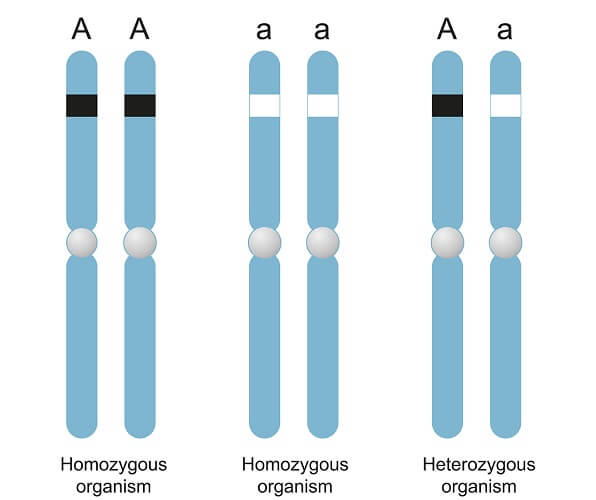
The phenotypic ratio is the number of times a specific combination of alleles appears in the predicted phenotypes of any offspring. Genetic information relating to the studied trait must be known. It is also possible to work out which parent alleles are dominant or recessive by studying the phenotypes of their offspring.
This is an example of Mendelian inheritance or inheritance patterns that occur in offspring after sexual reproduction between two organisms. The name comes from Gregor Mendel who – at first rather unwittingly – experimented with pea-plant crosses in his monastery’s garden. These observations led to our understanding of dominant and recessive traits.

Phenotypic Ratio Calculations For Cross Types
Phenotypic ratio calculations are easy to perform using Punnett squares or with specially-developed phenotypic ratio calculators.
As most observable traits are the result of multiple allele combinations (sometimes at completely different loci) such calculations can be extremely complex. For the purposes of this article, we will pretend that a single allele is responsible for a single trait.
Not only can we calculate the chance of a certain phenotype appearing in the first generation (F1) of a breeding pair, we can also predict the effects of breeding through subsequent generations.
Although early horse and dog breeders knew nothing about DNA, they knew how to produce animals with different traits over time. Selective breeding has brought us the huge range of domesticated breeds we are familiar with today.

Phenotypic Ratio of a Monohybrid Cross
To work out the phenotypic ratio of a monohybrid cross, let us return to the guinea pig example.
We have two opposite-sex guinea pigs – the female has long hair; the male short hair.

The hair length is, for this example’s purposes, determined by a single allele. Both parents carry a complete set of DNA that includes instructions for both hair lengths and both come from very long lines that only include their particular hair length.
When studying generations, the first set of parents is labeled the P1 (parental) generation. Their litters are called the F1 (first filial) generation; litters produced by the F1 generation are noted as the F2 generation, and so on.
To find out which of the short and long hair alleles is recessive, we need either have studied that allele beforehand or – as was the case for thousands of years – look at the phenotypes of the offspring after they are born. Without knowing which hair-length allele is dominant, we cannot predict a reliable outcome.
The female guinea pig produces four offspring. All of these have long hair. With this information, we can surmise that the long-hair gene is dominant. From this point on, we use LL, Ll, and ll to represent three potential outcomes for future generations – LL is a homozygous allele for long hair, Ll a heterozygous allele for long hair, and ll a homozygous recessive allele for short hair.

In the monohybrid cross Punnett square below, all F1 offspring are heterozygous for long hair (Ll). We now know the long-haired mother is homozygous for this allele (LL). If she were heterozygous (Ll) we would expect 50% of any offspring to be short-haired. You can see how this works in the next LL/Ll/ll Punnett square. As the father has short hair and short hair is produced by a recessive gene, he must have the ll allele.
In a Punnett square, the mother’s alleles are noted at the top and the father’s at the side. The dominant allele is always listed first.
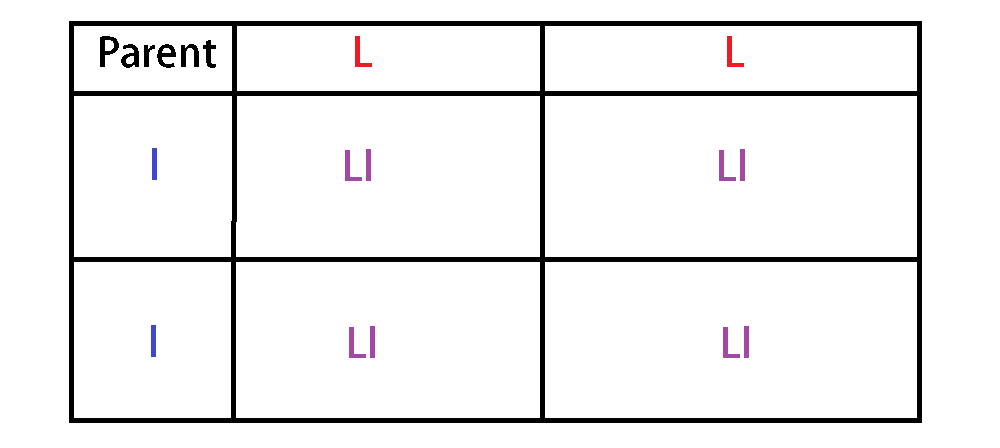
As all four offspring are long-haired, a phenotypic ratio calculation is redundant. We only need to measure the phenotypic ratio when more than one phenotype exists. In this example, there are two possible genotypic outcomes – long hair and short hair – but only long hair is expressed (phenotype). There is a 100% visibility rate in the single dominant phenotype. As there is no second phenotype, there is no phenotypic ratio. If we did put this result as a ratio, it would be 4:0.
The genotypic ratio, however, does not look at the observable trait (the phenotype) but at potential allele combinations. In this case, there is only one phenotype – Ll – but three potential combinations are involved using these alleles whether they are expressed or not – LL, Ll, and ll. The genotypic ratio is, therefore, 0:4:0.

We have now worked out that all four offspring have heterozygous Ll alleles that favor long-hair but carry the short-haired gene. This means we have the knowledge to encourage short-haired offspring in future generations.
When we take one of these offspring and create a mating pair with a short-haired guinea pig, we can predict that around 50% of this second generation will be short-haired, as seen in the following Punnett square.

In this case, there is more than one potential phenotype – both short and long-haired F2 litters are possible when breeding with the F1 generation (Ll). There is a 50% visibility rate for either the dominant or recessive phenotype.
To calculate the phenotypic ratio, we look at the observable traits – long (dominant) and short (recessive) phenotypes. Two babies have long hair (Ll) and two have short hair (ll). This gives us a phenotypic ratio of 2:2. This can be rounded down to 1:1.
The genotypic ratio, however, calculates the probability of all potential allele combinations: LL, Ll, and ll (in that order). In this example, the result is 0:2:2.
Phenotypic Ratio of a Dihybrid Cross
If breeders concentrated on one phenotype, less useful features could appear. There is no use in breeding a fast racehorse if it has inherited heart problems from either parent. This is why breeders and geneticists look for more than one feature to encourage in or block from future generations. When two phenotypes are in play, we call this a dihybrid cross.
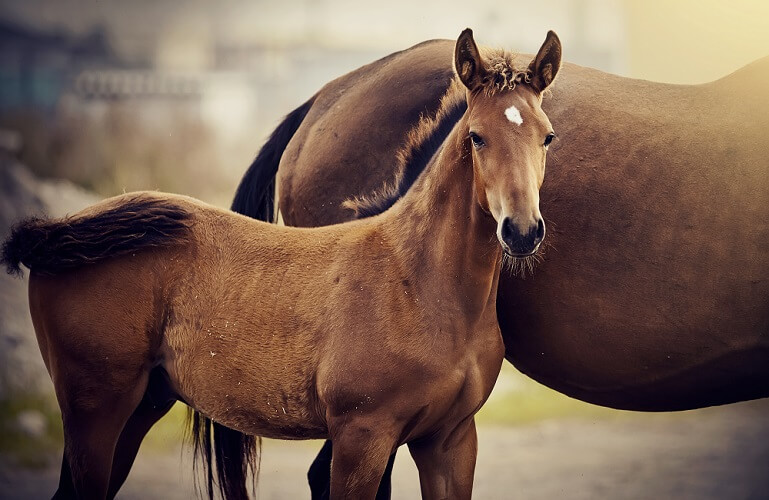
In the guinea pig example, we notice that a small number of babies have very tiny ears when both parents of these litter have big ears. We can represent this particular allele with the letter E. Here, the small ear gene is recessive and both parents have the Ee allele, where E represents the phenotype for big ears and e small ears.
It is now possible to predict the phenotypic ratio of short-haired small-eared, short-haired big-eared, long-haired small-eared, and long-haired big-eared babies from various breeding pairs. This is done using a dihybrid cross Punnett square or a phenotypic ratio calculator.

In the above Punnett square, there are nine potential genotypic outcomes:
- LLEE
- LLEe
- LLee
- LlEE
- LlEe
- Llee
- llEE
- llEe
- llee
However, due to dominant and recessive alleles, there are only four possible phenotypic outcomes:
- Long-haired big ears (LLEE, LlEE, LLEe, LlEe)
- Long-haired small ears (LLee, Llee)
- Short-haired big ears (llEE, llEe)
- Short-haired small ears (llee)
The phenotypic ratio calculation result requires us to count the colored squares that relate to phenotype and add them up. We then list them as ratios, starting with the largest number. This gives us the following result: 9:3:3:1. We can expect offspring from these parents to have a nine times higher chance of having long hair and big ears than short hair and small ears; a three times higher probability of having long hair and big ears than either long or short hair with small ears.
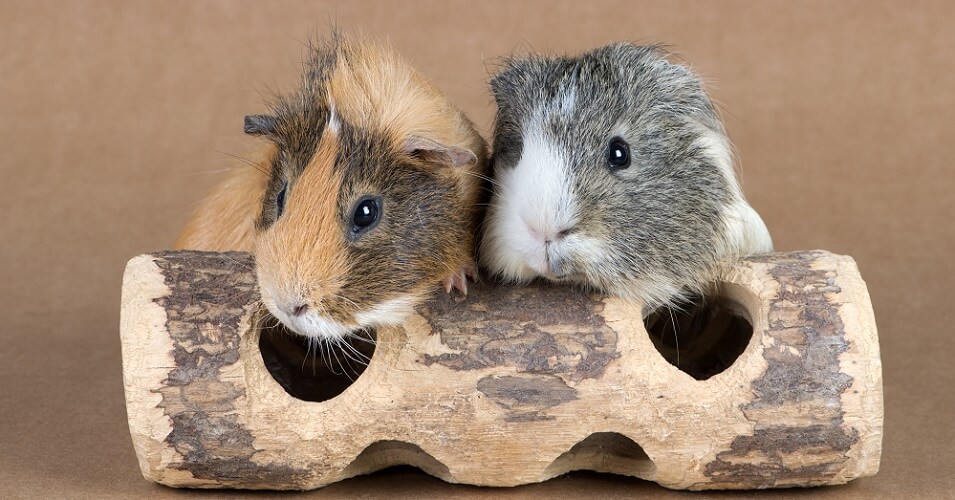
A genotypic ratio calculation, on the other hand, does not consider phenotype but the nine potential allele combinations. This would produce 1:2:1:2:4:2:1:2:1.
Phenotypic Ratio of a Trihybrid Cross
Add a third phenotype to the mix and the potential outcomes of gene expression in the next generation increase.
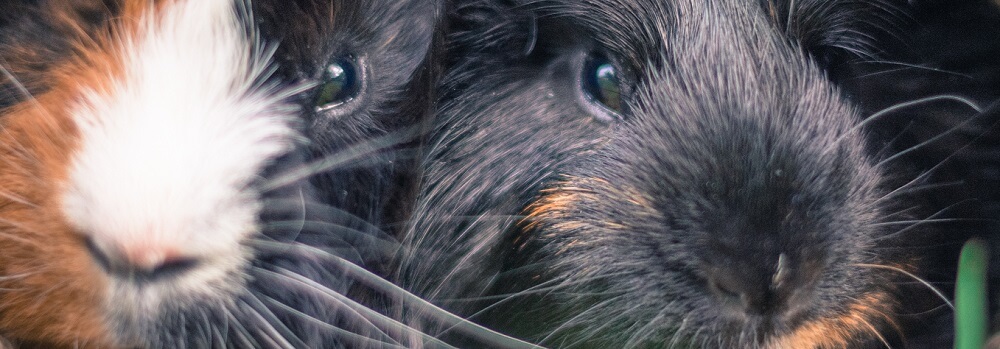
If most guinea pigs in a litter have pink noses (NN or Nn) and just one or two have black noses (nn), pink noses can be considered dominant. This article will not deal with more complex topics such as co-dominance as the purpose here is to make the phenotypic ratio concept clear.
We can now calculate the phenotypic ratio of the offspring of two guinea pigs. To save ink, we do not have to list the entire allele list for each parent, just the three alleles in their possible combinations, as in the example below.

When we look at the phenotypic ratio, we look at the eight potential combinations of the three expressed phenotypes:
- Long hair, big ears, pink noses (red)
- Long hair, big ears, black noses (yellow)
- Long hair, small ears, pink noses (blue)
- Long hair, small ears, black noses (green)
- Short hair, big ears, pink noses (brown)
- Short hair, big ears, black noses (orange)
- Short hair, small ears, pink noses (pink)
- Short hair, small ears, black noses (lilac)
This gives us eight possible phenotypic results. Remember, a genotypic result would look at all possible allele combinations, whether or not these genes are expressed.
In the above example, the genotypic ratio would read 1:2:2:2:4:8:4:4:2:2:4:1:2:4:2:1:2:1:4:2:2:1:2:1:2:1 – where LLEENN is represented by the first number and lleenn by the last. There are twenty-six possible expressed and non-expressed allele combinations.
We can now work out the phenotypic ratio or a trihybrid cross. Order is arranged according to probability. Where probability is the same, results are ordered according to the dominant gene traveling from left to right (L to N).
 From this calculation, we can expect most pups to have long hair, big ears and pink noses. If we specifically want a short haired, small eared, pink nosed baby, the law of probability tells us that the parents will have to produce about twenty-seven pups.
From this calculation, we can expect most pups to have long hair, big ears and pink noses. If we specifically want a short haired, small eared, pink nosed baby, the law of probability tells us that the parents will have to produce about twenty-seven pups.

